Charging ahead vs moving on from a project

I launched Solvemigo on May 13th. It’s been 42 days. Let’s just look at some numbers first.
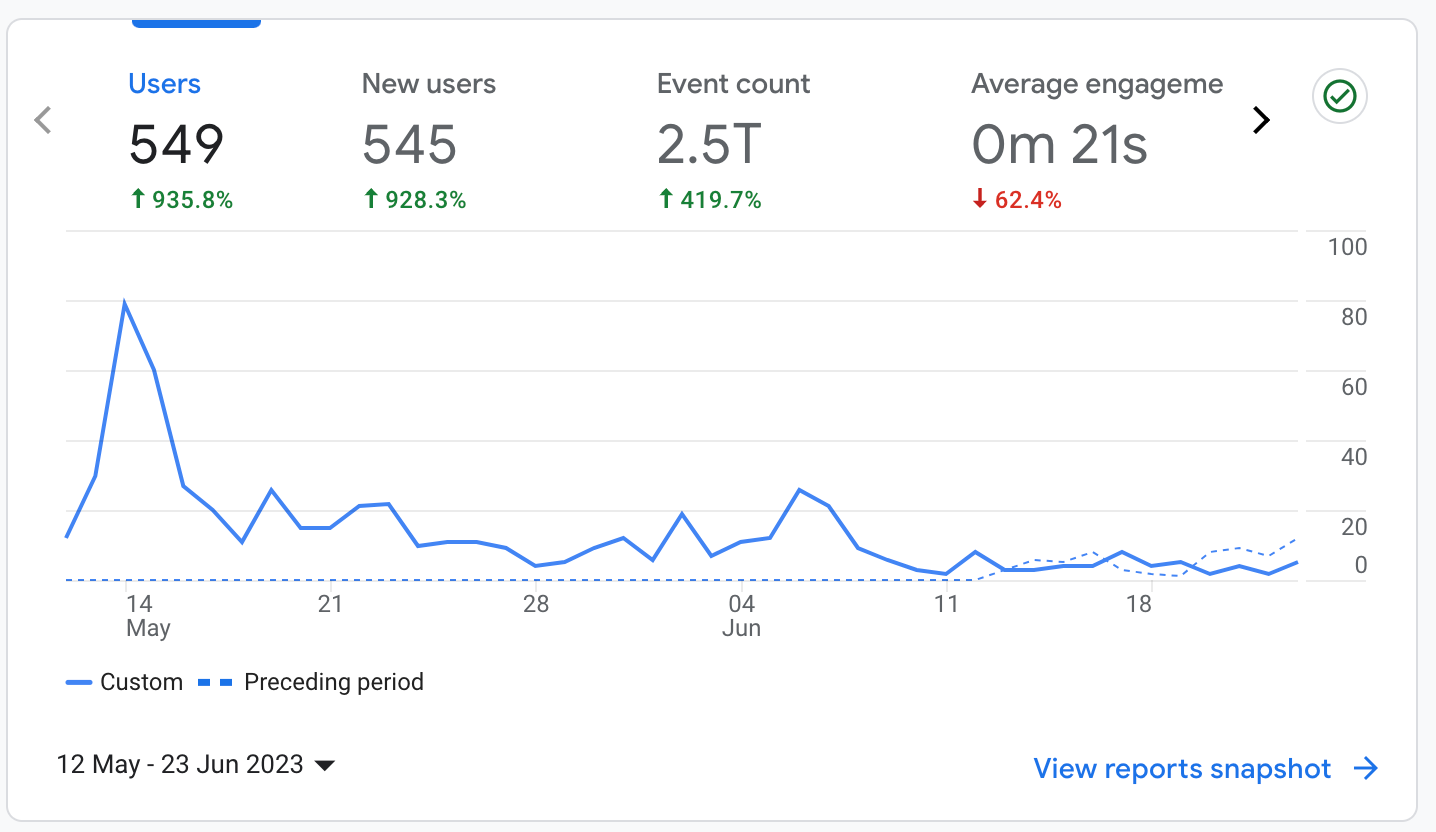
In this time period, we have driven a traffic of 549 users to the site.
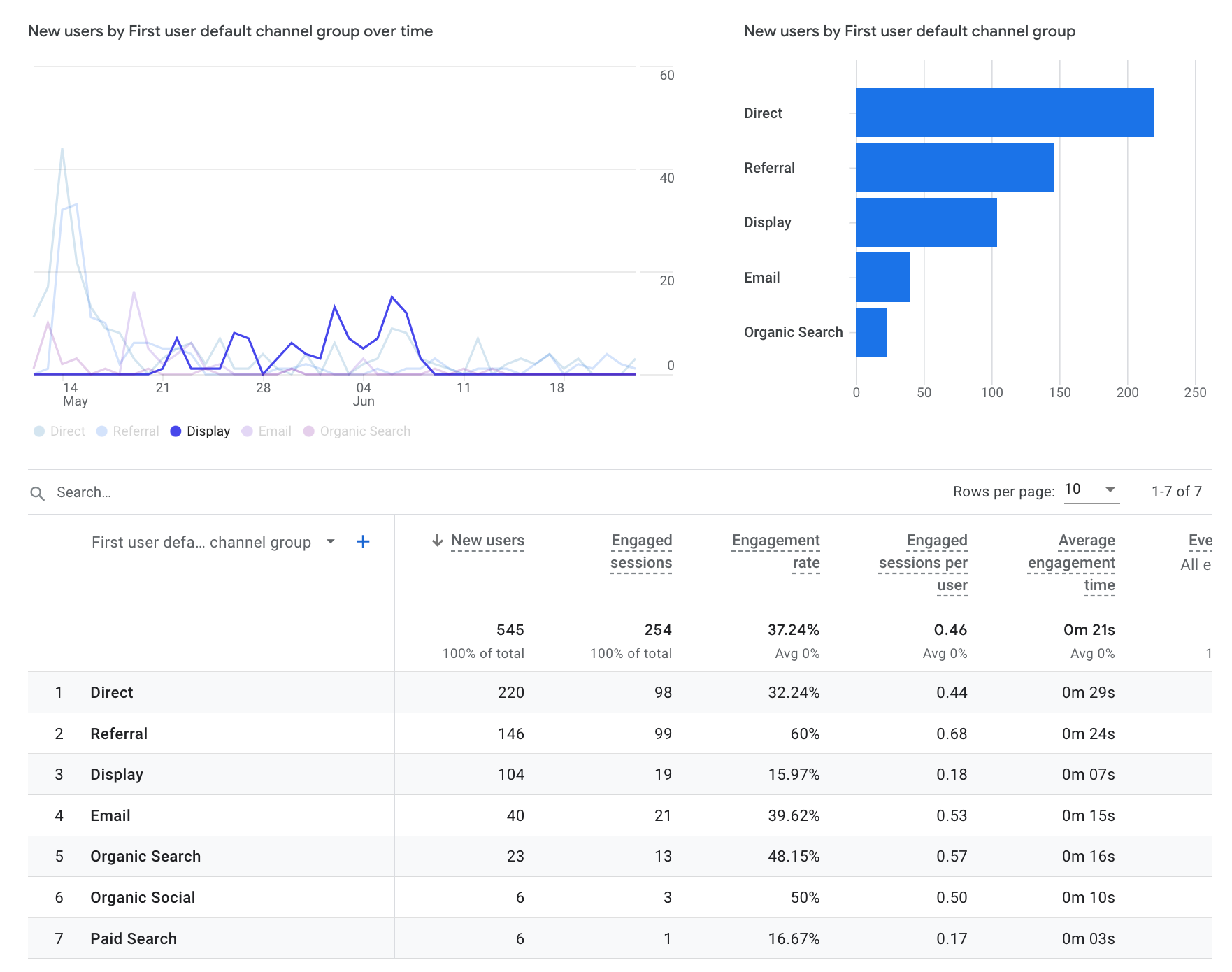
Out of these, 104 users have come from ads (Display) that we ran on Google AdWords.
~INR1300 ($16) was spent to get 104 clicks, costing $0.15 per click.
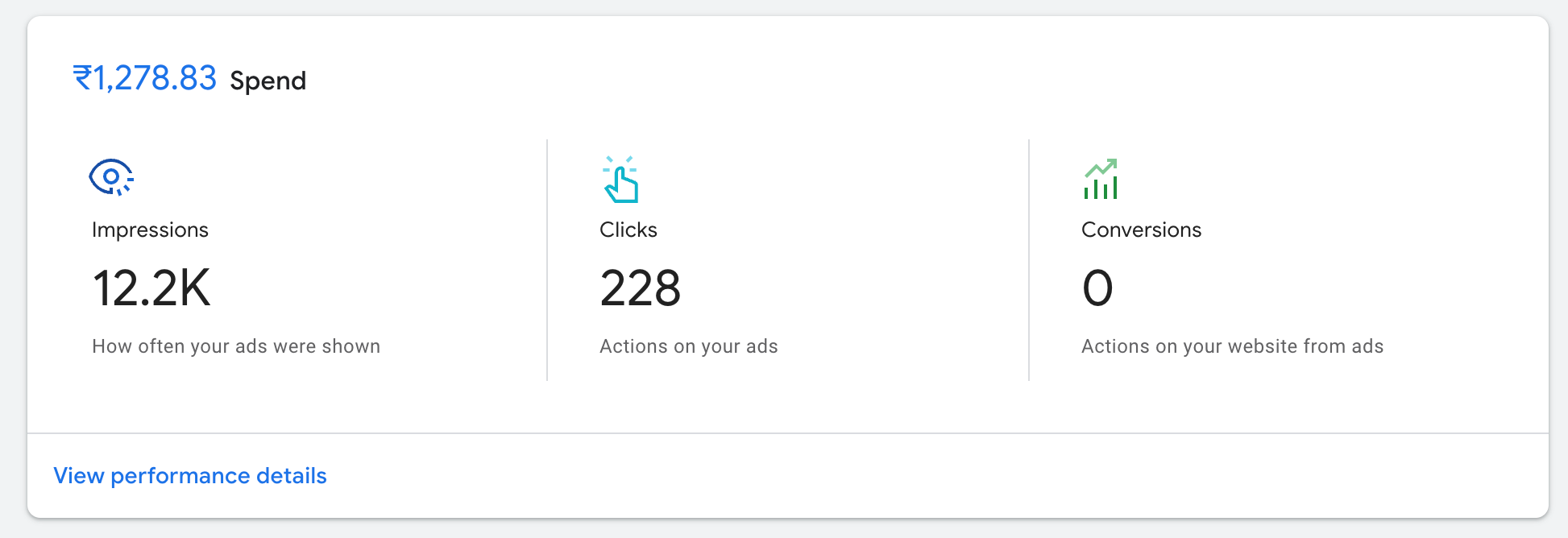
Now I am not sure why the data in the Ads dashboard is different, but according to the Ads dashboard, we got 228 clicks between 21st May to 9th June (19 days), costing $0.07 per click. Getting 228 clicks on 12.2K impressions means the click-through rate was roughly ~2%
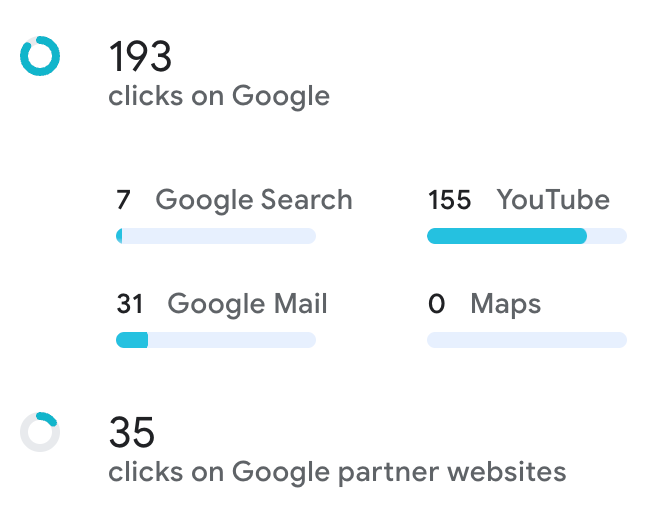
Most of the clicks came from YouTube. I’ve gotten some conflicting data on this, but the CTR doesn’t look bad for a non-optimised ad run with bad copy and bad targeting.
Marketing Efforts
So far, there have been 2 marketing efforts. 1 was a Product Hunt launch on May 13th, and the second was an AdWords campaign run from 21st May to 9th June. The ads were not able to bring in quite as much traffic as Product Hunt, as is clear from the graph above.
Conversions
Out of 550 users visiting the site, we have had zero paid conversions. In the 42 days, we have had ~40 users signing up. One big mistake was not offering a free trial. But the sign-up rate would be 7% which does not look bad.
If, by offering a free trial, and driving traffic solely through ads, we were able to get a 2% conversion rate to paying users, to get 1 paying user, we would need:
- At a 2% conversion rate, we need 50 sign-ups for 1 paying user
- To get 50 sign-ups with a 7% sign-up rate, we would need ~720 users visiting the site.
- At the current cost per visit of $0.07, we would spend $50.4 on the ads to get 1 paying user
- The product costs $10 per month, and we have let’s say a 40% margin. That means I am earning $4 per month per user, so to get a break-even ROI on the ad spend to acquire one single user, the user would need to stay a paying user for 13 months.
Let’s look at some alternative values below to see the different ROI times they would lead to.
| Sign-Up Rate | Conversion Rate | Visits for 1 Paying User | Ad Spend for 1 Paying User | Time to Break-Even ROI |
|---|---|---|---|---|
| 7% | 2% | 720 | $50.4 | 13 months |
| 7% | 5% | 288 | $20.16 | 5 months |
| 10% | 2% | 500 | $35.0 | 9 months |
| 10% | 5% | 200 | $14.0 | 3 months |
| 15% | 2% | 333 | $23.31 | 6 months |
| 15% | 5% | 133 | $9.31 | 2 months |
To have an ROI in any reasonable time frame, the conversion rate needs to be doubled. All of this is hypothetical, as currently I have no actual figures on conversion rates, but I’ve used industry standard figures.
Based on this data on average SaaS conversion rates, a 5% conversion rate should be doable.

Now this still leaves the elephant in the room out of the picture. When I built this product in January, there were none others like it that I was aware of, because well, for one, there was no ChatGPT API (I was using GPT3 to mimic ChatGPT), and GPT3 costs 10x as much as ChatGPT, making this an unviable business. So, the elephant I was talking about.

There are now several competing offerings of ChatGPT on Telegram, some are cheaper too, and all have free trials so all have paying users at this point. That’s not the main problem though.
This is.
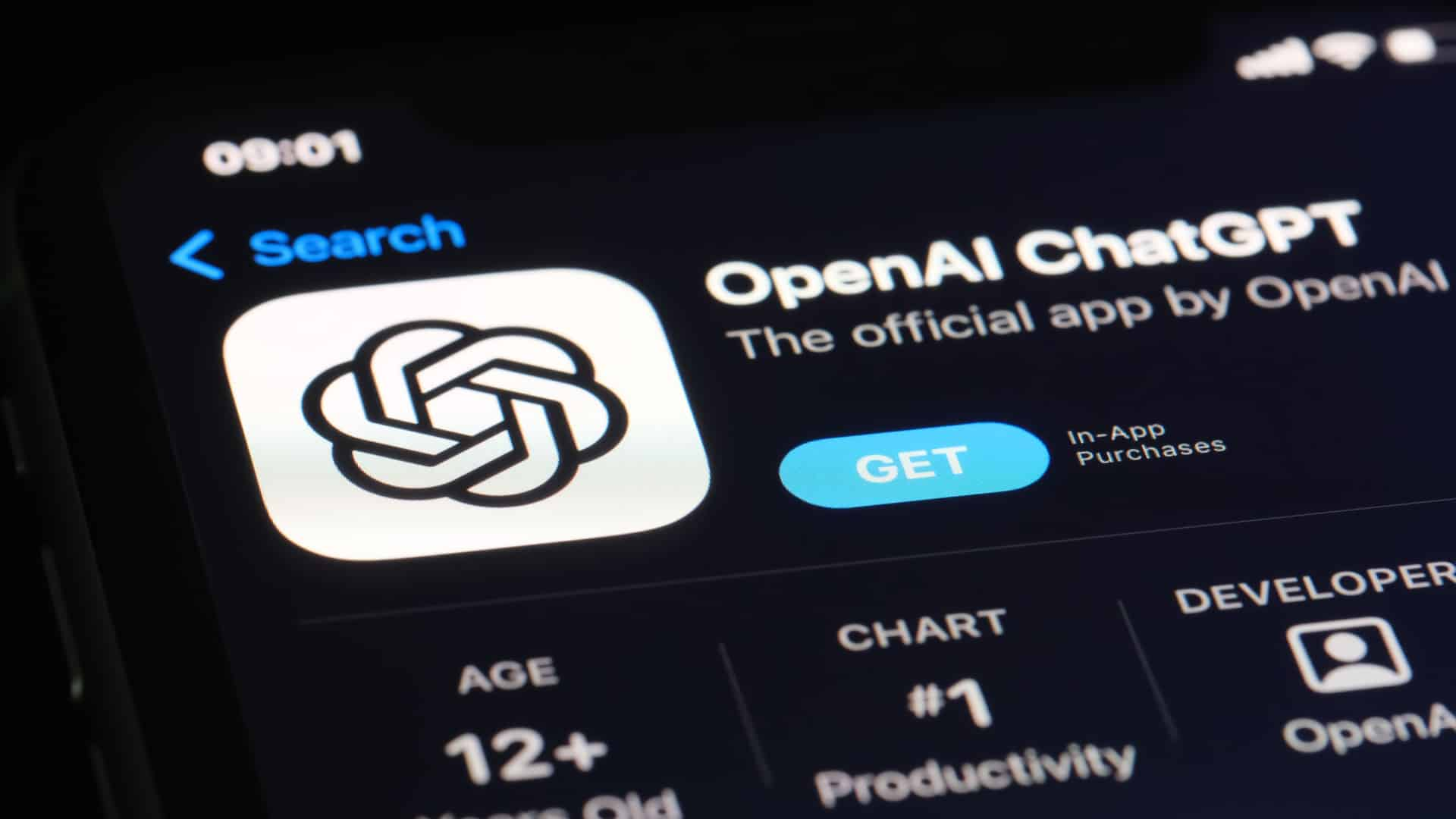
OpenAI has released a free ChatGPT app for iOS, and I’m sure Android is not far behind. It’s a first party app, which always provides more confidence than a third-party app, and did I mention it’s free?
Comparing my app to the OpenAI official one
| Feature | OpenAI ChatGPT | Solvemigo |
|---|---|---|
| Free | Yes | No |
| Dall-E | No (currently) | Yes |
| Whisper for TTS | Yes | Yes |
| GPT-4 | Yes, but it costs $20 per month | No (Untenable at my current pricing) |
| Threaded Conversations | Yes | No (Not feasible with Telegram at the moment) |
| Data Privacy | No by default | Yes (API inputs are not used to train the models according to OpenAI, official app conversations are) |
| Whisper for Transcription | No | Yes |
| Quick Access widget | Yes | No |
| Speed | Slow if free | Fast (but paid, although half the cost) |
I think comparing with other Telegram bots is fruitless, as this is actually my real competition.
So what we offer that OpenAI doesn’t is data privacy, image generation, Whisper for transcription, and fast access. I don’t think anyone wants image generation, specifically on Telegram, enough to pay for my app for just that. And I am using OpenAIs APIs here, so it’s very easy for them to integrate this functionality (at a lower cost to them. Currently Dall-E is the biggest component in my costing).
Pivot, or Shutter?
This brings me to my main question. I’ve spent the last month learning about marketing and positioning, and I’ve learned a lot. I realise why I haven’t had success with this app yet:
- Lack of free trial
- Weak positioning focused on features rather than problems
- No proactive marketing efforts beyond PH launch and 1 ad campaign
- No strong differentiators with other direct competitors
- Complicated pricing structure (metered usage, difficult to understand, it’s bad)
Now if I am to continue with Solvemigo, here’s what I would need to do:
- Add a free trial (this is implemented already)
- Tighten positioning (have made some progress here)
- More marketing action (time for learning is over now)
- Some differentiators
For the differentiators, here’s what I’ve thought about so far:
- A prompt library of high quality prompts focused on independent business owners to help them handle the various business functions they need to mange to succeed
- Adding a text summarisation feature like AudioPen
So if I go ahead, I do have a clear path with next steps ready. But my bigger question is, is this product the best use of my time? An undifferentiated offering in a crowded market with low margins, where marketing is a retrofit? Maybe I can spend 3 more weeks on it before taking a call, but if I end up making some sales in that time, but not enough to justify the ongoing expenses and effort, either I will have to offer refunds, or keep the product running, potentially losing money on my fixed costs.
(Also, I know it's a risk to disclose my potential future features before implementing them, but, I'll take that risk)
I could spend this same time on a different product, one which solves a problem, has a clear market demand, and has better margins. This is a tough one, and I’m still trying to figure it out. But I plan to take a call on this very, very soon.
